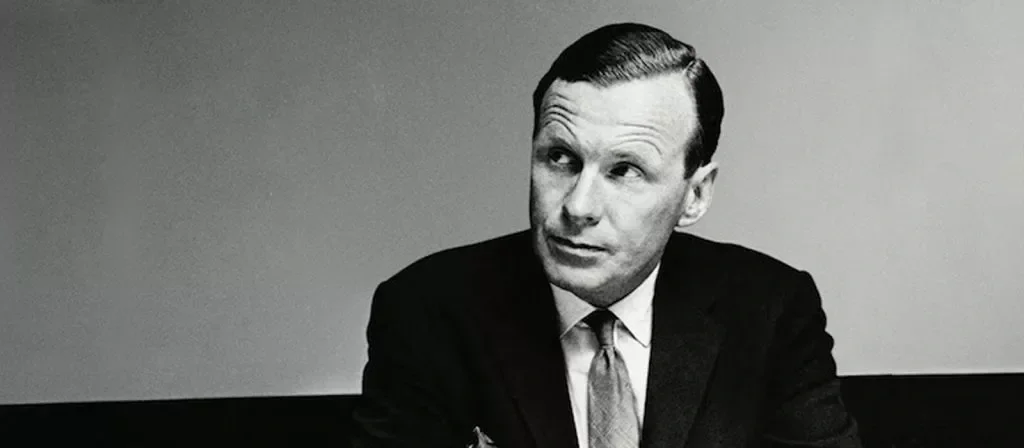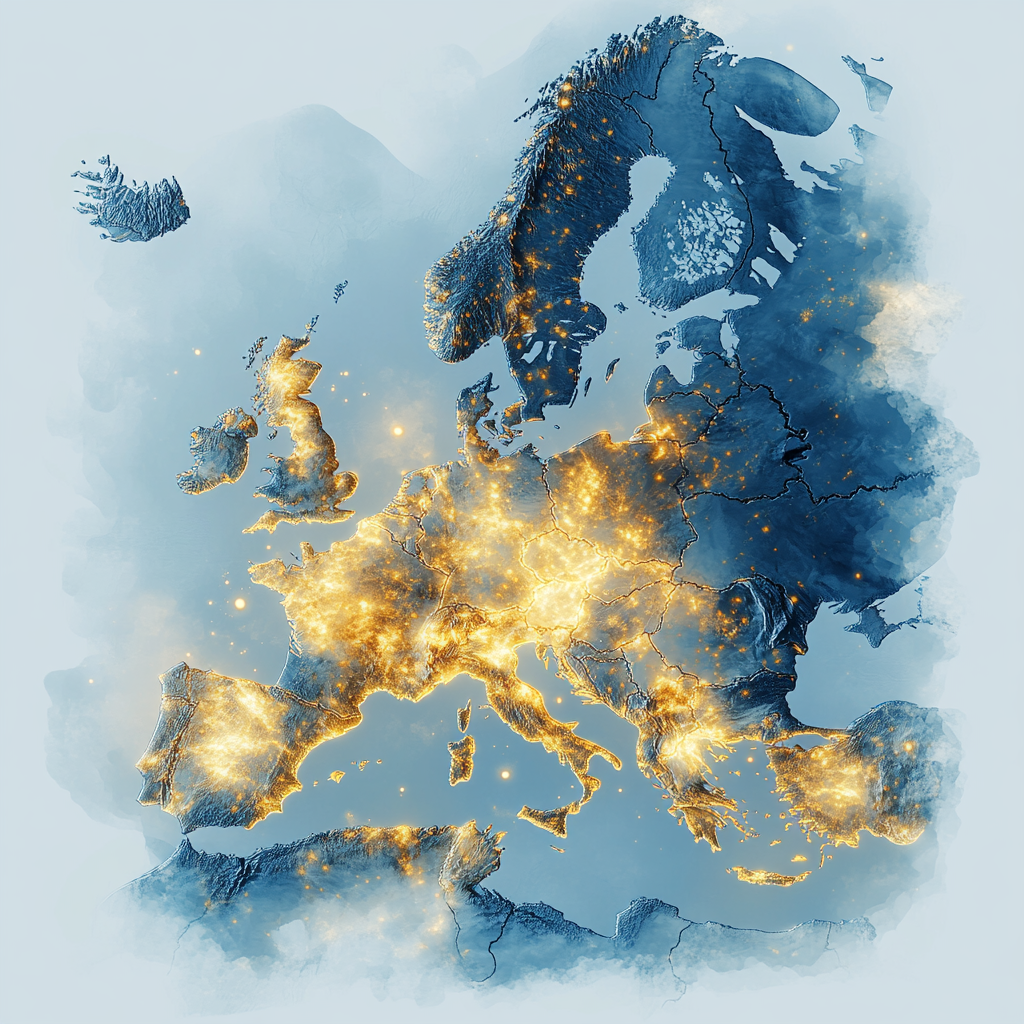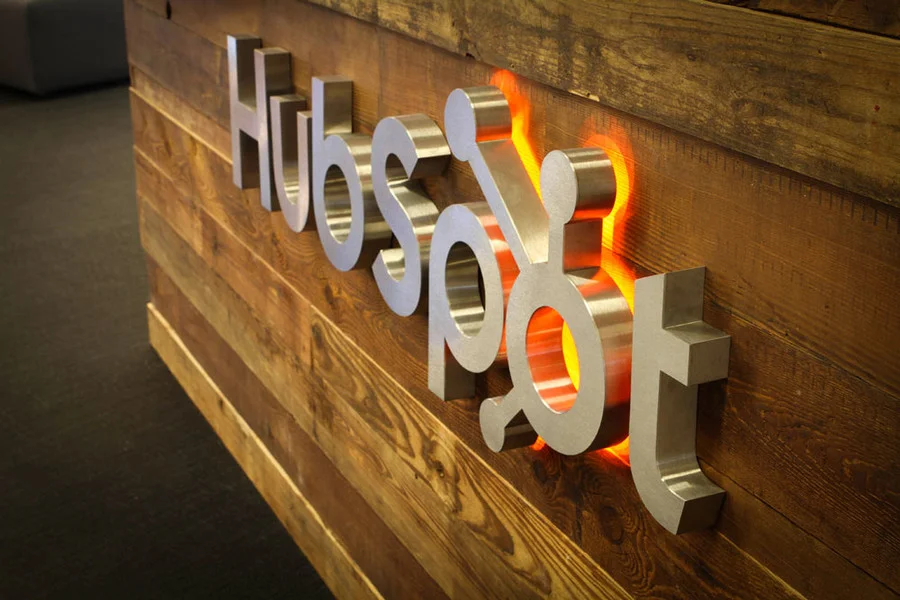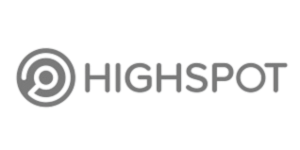I help ambitious GTM teams GROW
with AI and sales enablement.
My name’s Ben and I'm a GTM leader with a proven track record of success and high performance at hypergrowth SaaS companies. I’m relentlessly focussed on increasing revenue, exceeding goals, building high-performing teams, delivering excellent work and improving every single day. And the best is yet to come.
I lead sales enablement at AI start-up You.com and my role is to help our world-class sellers close more deals.
If you'd like to know more or discuss how we can work together, please get in touch.
I'm always keen to connect with and learn from smart people.

INDUSTRY-LEADERS I’VE HELPED GROW



Get Ready for World-Class Enablement

Use Enablement Strategist GPT to design, launch, optimize and measure enablement programs that drive measurable impact using proven frameworks, leading sales methodologies, and data-driven insights.
Enablement Strategist GPT is built on the latest ChatGPT model, is free to use and will deliver best-in-class work.
Free AI Tools to Help You Grow
Rep IQ is a diagnostic tool that evaluates 20 core sales skills. Complete a short assessment to receive personalized development plans and data-driven insights.
Help Your Reps Reach New Heights
Methodology IQ will help uncover the perfect sales methodology for your business. Answer a few questions and receive tailored recommendations.
Build a Sales Engine that Delivers
Funnel IQ is a powerful tool to help visualize your funnel, benchmark it against the industry and understand what it'll take to hit your growth goals.
Finally Understand Your
Funnel

Write Copy Like the OG
Ogilvy IQ uses AI to craft compelling advertising copy with the timeless wisdom of David Ogilvy. Draft your copy, receive recommendations and get ready to start crushing it.
Ready to Grow Your Business?
I'm fortunate to have worked with a number of industry leading businesses including Google, HubSpot, Indeed and Edelman. It's been an exciting journey and I've learnt the secret sauce behind their winning go-to-market strategies, business models, operating systems and sales plays.
This blog explores how AI tools were used to develop a full summer brand campaign for Coca-Cola in just hours. From concept to visuals, it showcases how AI can rapidly generate bold, culturally relevant ideas designed for impact and affinity.
This post shows how I distilled over 50 sales methodologies with ChatGPT and then used Lovable’s no-code platform to build a Sales Email Grader that evaluates outreach and offers feedback. The tool grades your email, and aligns suggestions with proven frameworks like MEDDPICC and Challenger.
Explore how a data-driven deep dive into Europe’s democracies, economies, and well-being reveals powerful insights about what makes nations thrive. This post uncovers the hidden connections between freedom, wealth, happiness, and health across the continent.
This article highlights how I used ChatGPT to research and rank 100 masterpieces spanning over two millennia and then leveraged Lovable to create a beautiful gallery featuring each artwork’s image, description, and historical context. The end result is a polished, responsive digital experience.
This post shows how I used ChatGPT to research 50 sales methodologies and then Lovable to build an intuitive, interactive app that recommends the most effective methodology based on factors like industry, deal size and sales cycle.
Discover how AI brewed up Pine Lake Beer Hall, a fictional Berlin brewery where American IPAs meet Neukölln’s creative grit. From business plan to branding and more, this one-hour AI experiment offers a fascinating glimpse into the future of hospitality design.
In this post, I use Lovable, an AI-powered no-code platform, to build a dynamic marketing and sales funnel calculator. The tool allows GTM teams to model funnel stages, simulate conversion rates, and forecast revenue outcomes, all without writing a line of code.
This post reveals how AI brought a fictional buffalo chicken wing restaurant, Wing Ting, to life, creating everything in under an hour. Discover how generative AI can swiftly cook up a complete and culturally savvy brand concept.
Vero is a fictional high-end pizzeria imagined in Williamsburg, Brooklyn designed entirely with AI. This concept explores how technology can accelerate the launch of stylish, culturally relevant hospitality experiences.
This experiment focuses on Ember & Smoke, a fictional Texas BBQ joint set in Copenhagen’s gritty-chic Meatpacking District. The post explores how AI can bring bold hospitality brands to life, fusing Southern soul with Scandinavian cool.
Discover how La Fromagerie, a fictional boutique cheese shop in Seattle’s Queen Anne neighborhood was designed entirely with AI. This post shows how AI can fast-track the creation of a premium retail concept, delivering artisanal charm with modern precision across every touchpoint.
One of the biggest challenges businesses face when they grow is scaling effective, autonomous and quick decision-making. What worked with 30 employees will start creaking at 300, and break well before you hit the 3,000-mark.
One of the most significant trends over the past decade has been the explosion in the number of companies in the software as a service (SaaS) industry. Today, there’s SaaS products to support virtually every business function, and increasingly for specific segments too.
Retention truly is the foundation of growth for software as a service (SaaS) companies, but oftentimes, it is overlooked and undervalued. This is always a huge mistake. High SaaS churn is a corollary of poor retention - but it can creep up unannounced, and rather than deal a single fatal blow, it causes death by a thousand small cuts.
Everybody likes to win. And while you undoubtedly learn much about your skills, attributes and character from losses, there’s nothing quite like that sense of satisfaction when your team secures a hard earned victory.
One of the questions I get asked most frequently is around building a sales enablement strategy and what that might look like. While each company, context and industry is different, I believe that there are some fundamentals that should form the blueprint of any sales enablement strategy.
I’ve been working within the software as a service (SaaS) industry for more than five years now. During this period I’ve learnt more than I ever thought possible about the SaaS business and my personal growth has accelerated with each passing year.
Today, everyone working in and around sales and marketing knows that bots are hot, in vogue and quite simply, of the moment. That’s no secret. After years of dreaming about what might just be possible, over the past 12-18 months numerous software as a service (SaaS) companies from around the globe have taken their respective bot offerings to market.
One of the exciting aspects of working in an emerging area like sales enablement is that, today, nobody knows or indeed, has all the right answers. In many respects we’re “building the plane while flying it”, as we collectively figure out what good looks like. There’s no defined sales enablement best practices.
For the most part, sales enablement is poorly defined and often misunderstood. Across the world conversations take place, day in, day out between business leaders as they decide the part that sales enablement can, should and will play within their organisation.
I consider myself fortunate to work at HubSpot, where day in, day out, I partner with over 100 B2B sales reps that are at the top of the game, and only want to get better. It’s a truly inspiring place to ply my trade. Unlike other parts of the business, it’s relatively uncommon for sales enablement to share learnings, best practices and successes with the outside world.
To me, there’s never been a better time to be a sales enablement professional. It’s a rapidly growing area and while there’s a lack of publicly available sales enablement statistics or indeed, widely adopted best practices and standards, this is due, largely to the fact, that many of us are figuring out exactly what sales enablement is, means and does.
At the beginning of each year I like to reflect on where I’m investing my time - this exercise helps me evaluate whether or not it’s being used in the most valuable, productive and impactful way. In my mind, that’s the best way to set myself up for success.
Without doubt, one of the most exciting parts of being a marketer today is the perpetual challenge of finding new channels and tactics to leverage. There’s a whole host of marketing arbitrage opportunities out there - if you know where to look and spend your time.
The more I think about it, the clearer it becomes - strategic communication is an integral part of successful sales enablement. Communication matters in business. And the success (or failure) of a sales enablement function is intertwined with its ability to influence a sales organisation and change behaviour.
The sales enablement industry has taken tremendous strides in recent years, but by most measures, it's still a relatively immature function. While there’s a talented and growing body of practitioners that are doing sterling work to advance the industry and sales performance, for the most part, there’s a distinct lack of standardised sales enablement best practices, planning models and frameworks. This can, must and will change.
Over the past 12 months I’ve invested considerable time thinking about, experimenting with and optimising my daily routine. I relish the challenge of figuring out new ways to become more efficient and better at my work.
In my sales enablement role at HubSpot I'm truly privileged to partner with over 100 sales professionals that are at the top of their game and only want to get better. Working with sales reps that want to succeed and push each other to do better is a joy.
I’m privileged to have the role I do at HubSpot. Leading sales enablement programmes for over 100 sales professionals is challenging, rewarding and lots of fun. No two days are the same and at any given moment I play the role of coach, advocate and advisor.
In today’s world of data-driven marketing, it’s easy to get fixated on what’s measurable. While leveraging data is both important and smart, I increasingly find myself wondering if we, as SaaS marketers are overlooking the human dimension of marketing in favour of what’s easy to track, analyse and optimise.


































